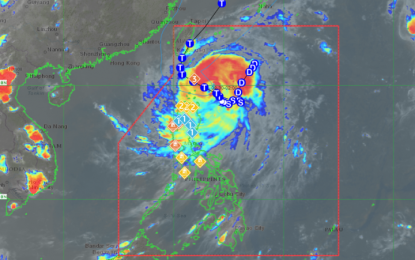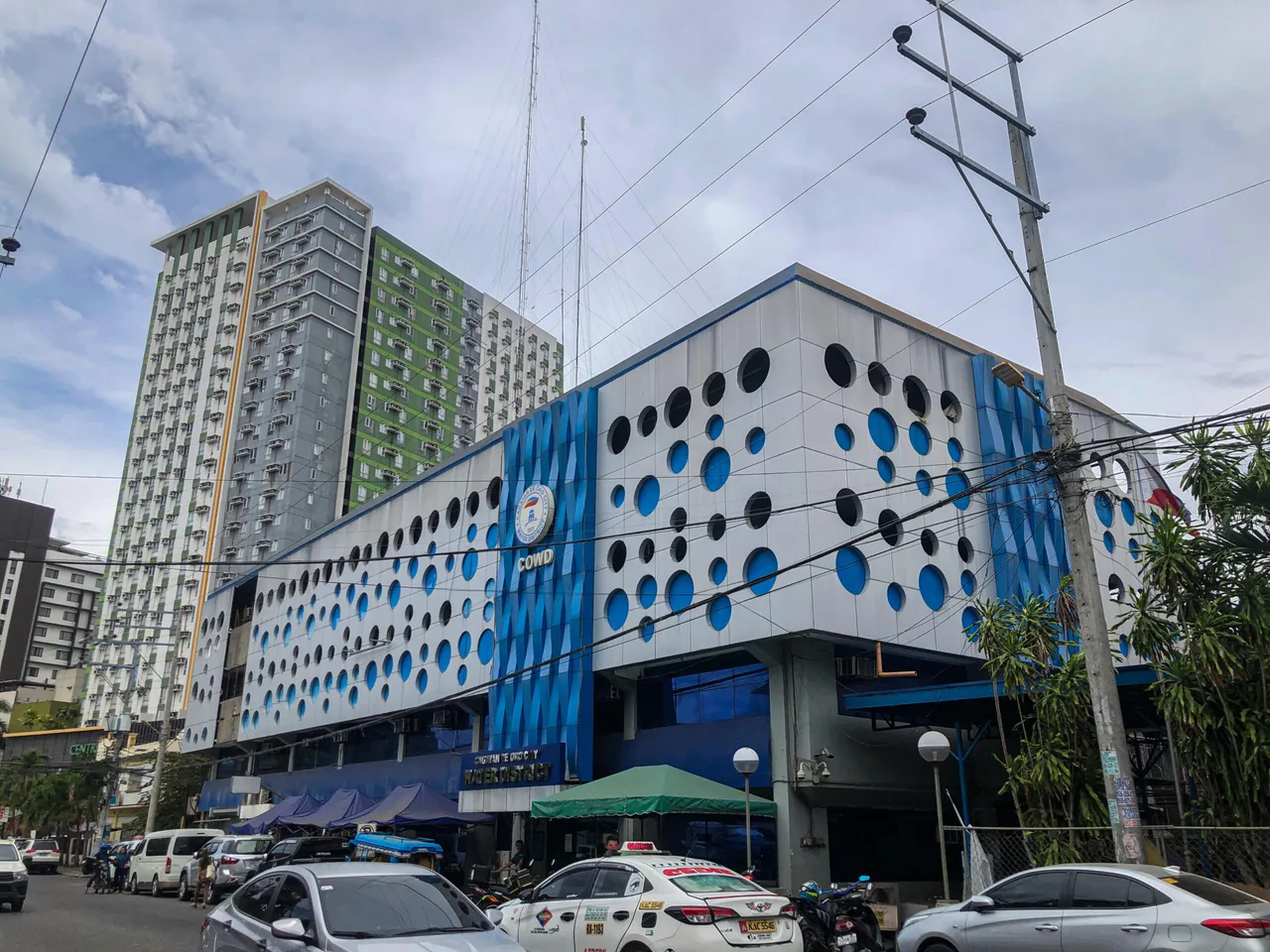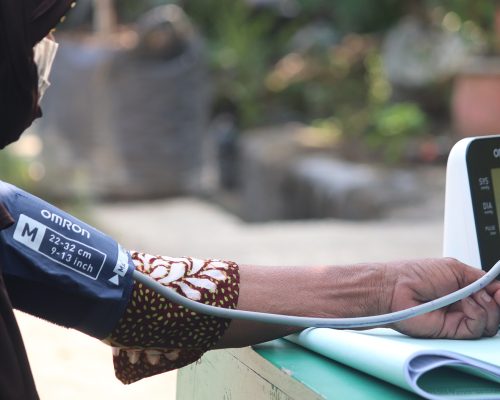On September 30, 2024, Typhoon “Julian” rapidly gained strength as it approached the northern provinces of the Philippines. In response, local authorities suspended classes and initiated emergency measures across the Cordillera and Ilocos regions. Officials have issued warnings about the possibility of flooding and landslides in areas already vulnerable to heavy rainfall.
The Philippine Atmospheric, Geophysical, and Astronomical Services Administration (PAGASA) reported that Typhoon “Julian” continues to strengthen. The storm moves toward northern Luzon, threatening to bring strong winds and heavy rains. Mountainous areas are particularly at risk, especially those prone to landslides.
Currently, Typhoon “Julian” is moving northwest at around 20 km/h. Its sustained winds have reached up to 140 km/h near the center, making it a significant threat. PAGASA expects the storm to stay within the Philippine Area of Responsibility (PAR) for the next 48 to 72 hours. The provinces of Ilocos Norte, Cagayan, and Apayao are expected to experience the storm’s strongest effects.



























